Go, Dog. Go! Play Guide
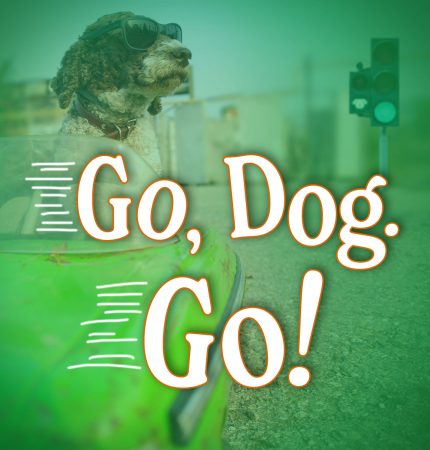
WHAT TO KNOW BEFORE THE SHOW!
PLOT SYNOPSIS

Act One:
The show kicks off with a surprise—someone in the audience is late! But before they can sit down, they’re pulled on stage and— POOF!—transformed into M.C. Dog, a fun and bouncy pup with floppy ears and a wagging tail! As M.C. Dog zooms around on roller skates, a parade of dogs bursts onto the stage—big dogs, little dogs, red dogs, blue dogs riding bikes, scooters, and even unicycles!
Just when the fun is at its peak, Hattie, a fancy girl with a fabulous hat, twirls in. She asks M.C. Dog, “Do you like my hat?” But when they say no, she huffs away! No time to worry—there’s a tree-jumping game to play! The dogs leap from one colorful tree to another like musical chairs until Yellow Dog, left out, proudly lifts the sun and shouts, “The sun is YELLOW!” Cheers all around!
Next, the dogs go to work, but they can’t stop getting distracted by cars zooming by. When lunchtime arrives, they share snacks and chomp chomp chomp! Hattie returns with a new hat—but still, no one likes it! The dogs dash off to play baseball, with balls soaring through the air and an epic slo-mo final hit! Then—SPLAT! A can of blue paint spills everywhere, and suddenly, the dogs are swimming through a magical water ballet.
Act Two:
As night falls, the dogs try to go to bed…but they can’t stop being silly! They make a super long dog under the covers, have a pillow fight, and play Twister! In their dreams, they visit a crazy carnival—complete with a roller coaster and Ferris wheel! Just as the fun reaches its peak, M.C. Dog shouts, “Now it is day!” and the dogs leap out of bed, ready for more adventure!
But wait! Blue Dog is still sleeping! When they wake up, they feel a little lonely—until Yellow Dog zooms in with a car! Blue Dog’s tail wags with excitement as they race to join their friends for the Big Dog Parade! Music plays, tails wag, and even Hattie returns with another fancy hat—and this time, everyone LOVES it! With one last joyful “GO, DOG. GO!” the stage bursts into cheers as the dogs celebrate friendship, fun, and adventure!

PLAY BEFORE THE PLAY
ANTONYMS ASSEMBLE!
Go, Dog. Go! is full of antonyms. Antonyms are words that are opposite of one another in meaning. The opposite of UP is DOWN making them antonyms.
Below is a list of antonyms. Give each student one of the words on a half sheet of paper. Have the student draw an illustration on the paper that best depicts or describes the word. Then choose a student to come forward and share their word and image. Once shared, the person with its antonym must jump up from their seat and shout “Opposite!” and share their word/image. The two words/drawings should be placed together on a board to demonstrate their opposite meanings.
Big – Little
Far – Near
Fast – Slow
Happy – Sad
Here – There
High – Low
In – Out
Light – Dark
Many – Few
Stop – Go
Hello – Goodbye
Leave – Stay
Night – Day
Tall – Short
Hot – Cold
Young – Old
Over – Under
KAS: L.K.5.b; L.1.5.c
DOGGIE COOKIE TREATS
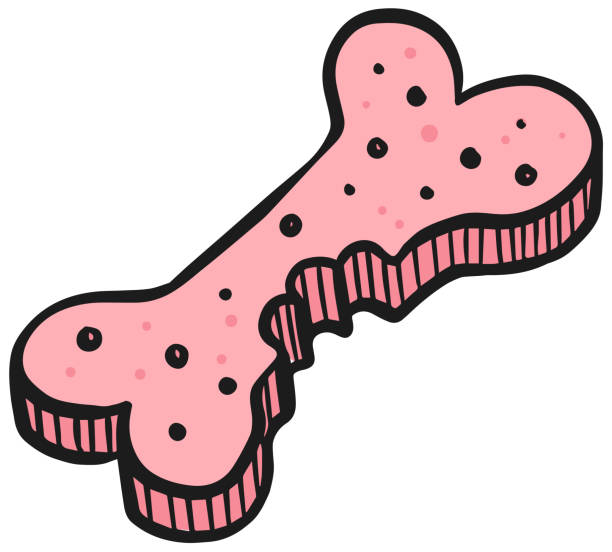
Every furry friend deserves a delicious snack! Try making these treats with your students for their canine family members (and try one for yourself, too)!
Ingredients
- 1 cup rolled oats
- 1/3 cup margarine
- 1 cup boiling water
- 3/4 cup cornmeal
- 1 tablespoon white sugar
- 2 teaspoons chicken bouillon granules
- 1/2 cup milk
- 1 cup shredded Cheddar cheese
- 1 egg
- 2 1/2 cups whole wheat flour
Directions
Preheat the oven to 325 degrees F (165 degrees C). Grease cookie sheets.
In a large bowl, mix together the rolled oats, margarine and boiling water. Set aside for 10 minutes.
Combine the cornmeal, sugar, and chicken bouillon, then stir into the oat mixture along with the egg and milk until smooth. Fold in the shredded cheese. Gradually stir in the flour until a stiff but workable dough is formed. Knead the dough for a few turns.
On a lightly floured surface, roll the dough out to 1/2-inch thickness. Cut with a bone-shaped cookie cutter or cut into 1×3 inch rectangles. Place treats 1 inch apart onto the prepared cookie sheets.
Bake for 35 to 40 minutes in the preheated oven, until golden brown. Remove from the baking sheet to cool completely on wire racks.
KAS: KY.2.MD.7; KY.3.NF.1
PAW-SOME WORDS
Download and print the activity packet from the link below for your students to build their rhyming and word skills!
KAS: HW.1.1; L.K.2.d
CONTEXTUAL ARTICLE
MEET P.D. EASTMAN, AUTHOR EXTRAORDINAIRE!
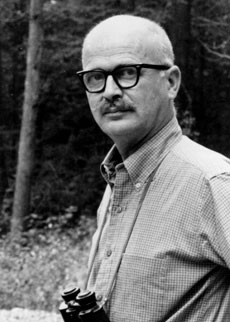
Phillip Dey Eastman (November 24, 1909 – January 7, 1989) was an American screenwriter, children’s author, illustrator, and member of the trade union representing cartoonists of the United States. He attended Phillips Academy and Williston Academy before graduating from Amherst College in 1933. He then went on to continue his studies at the National Academy of Design in New York City.
Soon after, he was granted the opportunity to put the skills he’d learned into realization, as he began his time at Walt Disney Studios, where he worked in production design, story-sketch, and assistant animation from 1931 to 1941. From there, he went on to work in the story department of Leon Schlesinger Productions, Warner Bros.’s cartoon unit from 1941 to 1942.
In the year 1942, Eastman was drafted by the US Army, where he was assigned to the Signal Corps film unit. The unit was headed by Theodor Geisel, who later became more commonly known as Dr. Seuss. During his time in the unit, Eastman planned animation for orientation and training films, in addition to writing scripts and drawing storyboards for the Private Snafu series for Army-Navy Screen Magazine – a bi-weekly short film series which was shown to American military personnel around the world during World War II.
From 1945 to 1952, Eastman worked as a writer and storyboard artist. During this time, he helped create the infamous character, Mr. Magoo, co-wrote the screenplay for Gerald McBoing-Boing – a short film about a young boy who speaks through sound effects instead of spoken words – as well as directed educational films and worked on the Flight Safety series for the United States Navy’s Bureau of Aeronautics.
Did You Know?
Having worked together before during their time in the Army, Theodor Geisel approached Eastman in the mid-1950s to write for a new series of children’s books that were being started at Random House. This series was called Beginner Books, and it allowed Eastman to publish several of his works. As a direct result of this, Eastman is commonly referred to as a protégé of Theodor Geisel, and his books are often mistaken for Dr. Seuss’.
Fun Facts
- He spent the majority of his professional career writing stories for television.
- Eastman helped create some of Disney’s earliest cartoons!
- Eastman’s son, Peter Anthony Eastman, also wrote and illustrated children’s books.
- He also worked as an illustrator with Helen Palmer, Geisel’s wife.
- Random House has sold over 30 million copies of Eastman’s books.
HOW TO GROW AFTER THE SHOW!
EXTEND THE EXPERIENCE
A PANTOMIME ADVENTURE
In LCT’s Production of Go, Dog. Go!, the actors make use of pantomime. Pantomime is a form of acting without using words or objects. Instead, actors focus on using movements, facial expressions, and general body language to tell a story. Have your students put their own pantomime skills to the test with this activity.
Begin by having your students find their own space in the room. Inform them that this is a voice level zero activity, so no talking. They’ll only be able to use their bodies. Inform your students that they’ll be acting out their daily routine. What does it look like when their alarm goes off and they wake up for the day? How do they brush their teeth, get dressed, and make breakfast? Encourage your students to be as specific as possible with their actions. For instance, when brushing their teeth, students should establish where their bathroom sink is. We should see them reach for their toothbrush. Does their toothpaste have a twistable cap or one that snaps open and close? Remember, pantomime is all about the details. Continue giving students tasks to complete in their daily routine until they finally end with going to bed for the night. For added fun, put your students through more pantomime adventures like the day in the life of animals at the zoo or knights defending their castle from a dragon. The possibilities for pantomime are endless!
KAS: TH:Cr3.1.1.c; TH:Pr5.1.K.a
RUFF DAY AT WORK
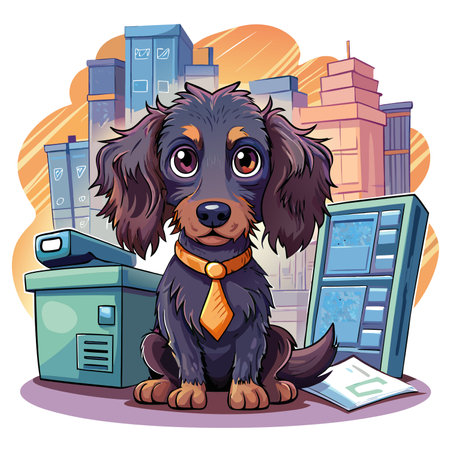
The dogs in Go, Dog. Go! are anthropomorphic meaning they have human characteristics. They talk, skate, drive, and do other activities that are most associated with humans. For this activity, ask your students what might happen if a dog tried to do a human job. Divide your students into small groups and work with them to create a short scene where they imagine a dog working at various places of employment. Below are a few scene ideas to get them started:
- A dog works at a bakery and keeps eating the baked goods.
- A dog is a schoolteacher but can only teach their human students to do dog tricks.
- A dog is a mailman but keeps chasing after its own mailbag.
- A dog is a construction worker but can’t resist burying the bricks like bones.
Allow your students time to work on their scenes. Remind them that a good scene should have a clear beginning, middle, and end, easily distinguishable characters, and a clear conflict or problem. Encourage groups to work together to share their ideas. They should also try to ensure each character in their scene has at least two lines.
Once each group is done rehearsing, have them share their scenes with the class! Have your students share their favorite moments from each scene. For an additional challenge, try to make one large scene as an entire class.
KAS: TH:Cr2.1.K; TH:Pr4.1.1.b
PUP-TASTIC COMICS!
Download and print the comic page from the link below for your students so they can design a comic of their own creation about the everyday adventures of a dog (or another animal of their choosing)!
KAS: VA:PR5.1.1; VA:Cr2.1.1
SUGGESTED READING

Big Dog…Little Dog by P.D. Eastman
Meet best friends Fred (Big Dog) and Ted (Little Dog). Though one loves green and one loves red, these pup pals, along with their helpful acquaintance Bird, prove that opposites can be the very best of friends.
Bark, George by Jules Feiffer
When puppy George is asked to bark by his mother, he manages to produce a range of animal sounds including a “meow” and a “moo,” but never an “arf.”
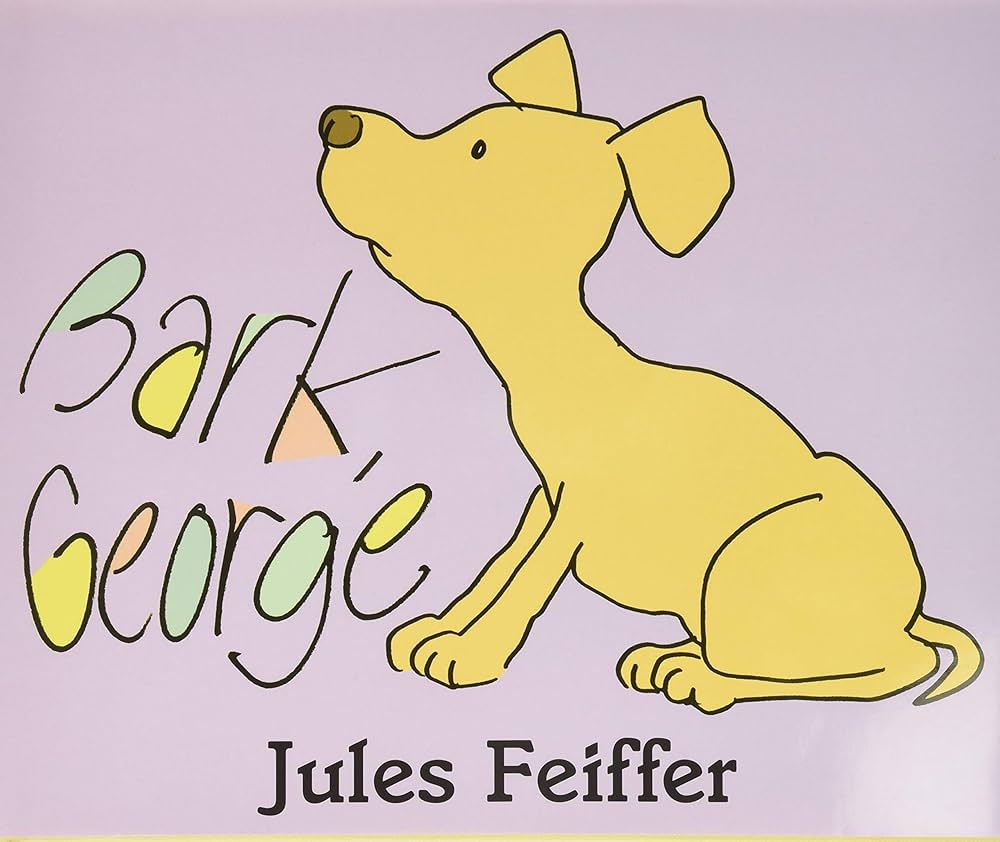

Pete the Cat: Go, Pete, Go! by James Dean
A groovy Pete the Cat adaptation of “The Tortoise and the Hare” finds a bike-riding Pete accepting a challenge from Turtle, who has a new racing car with cool gadgets.
Dogs Don’t Do Ballet by Anna Kemp
Biff the dog dreams of being a ballerina! But is it okay for him to follow his dreams, even if they seem a little different?
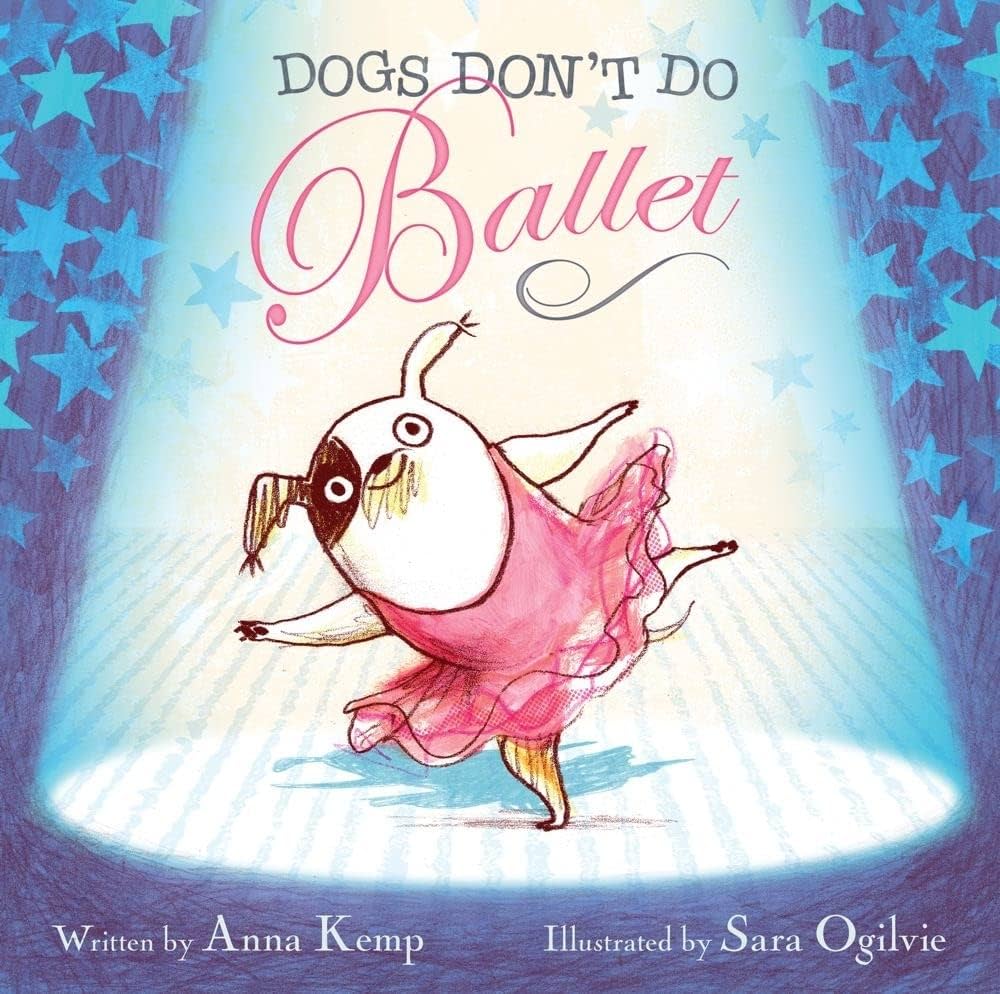
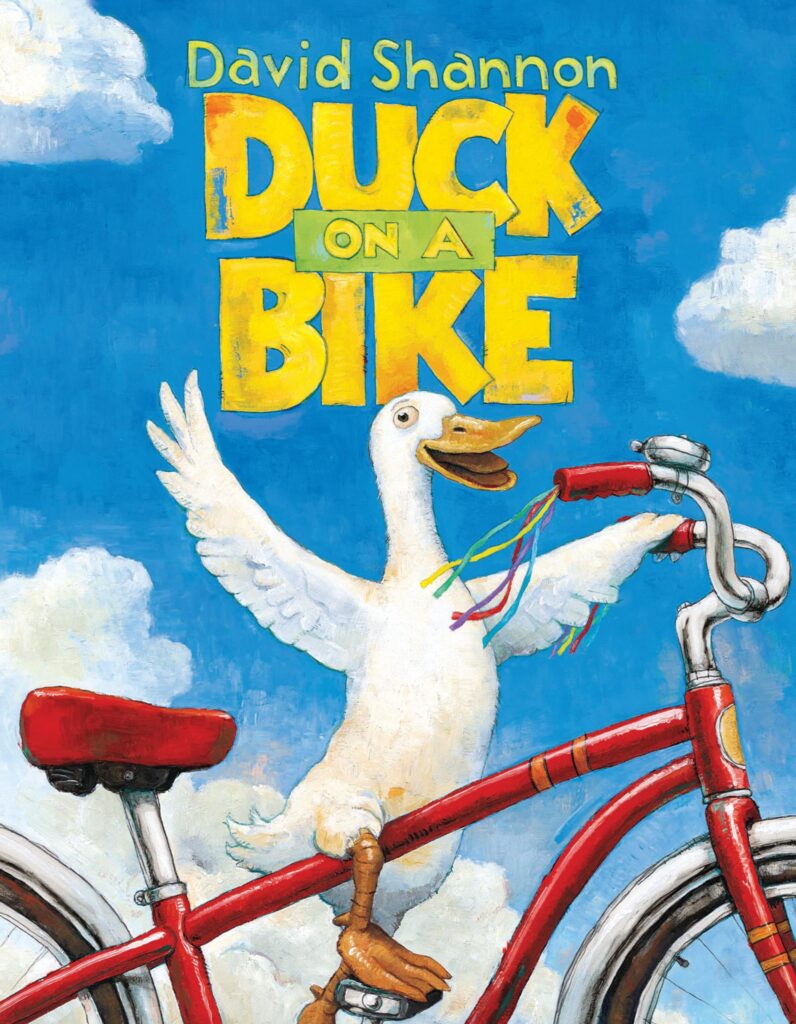
Duck on a Bike by David Shannon
Duck decides to ride a bike, and soon the whole farm is inspired!


